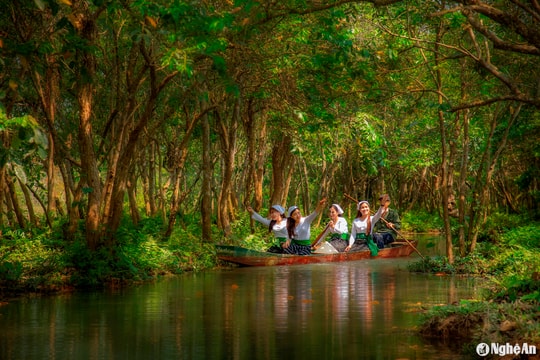According to National Geographic, underwater photography is one of the most difficult areas of photography. These 15 works will leave viewers in awe.
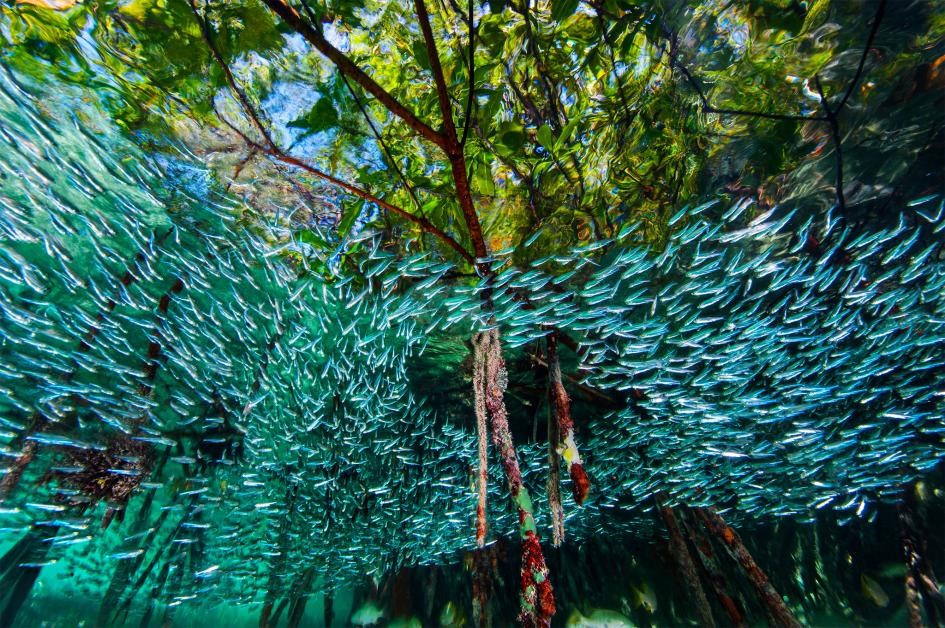 |
| Finger-sized fish swim in a school in a river in Gardens of the Queen National Park, Cuba. The mangrove forest in this photo is rich in nature, providing ideal shelter for small creatures. |
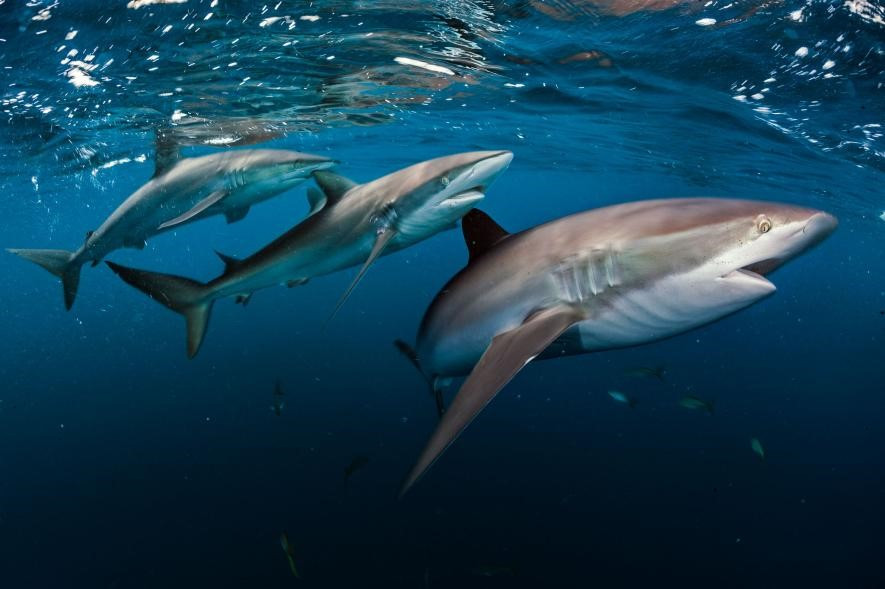 |
| A trio of sharks swim in the Caribbean Sea, off the coast of Cuba. The area has large coral reefs, which are suitable habitats for predators with abundant food sources. |
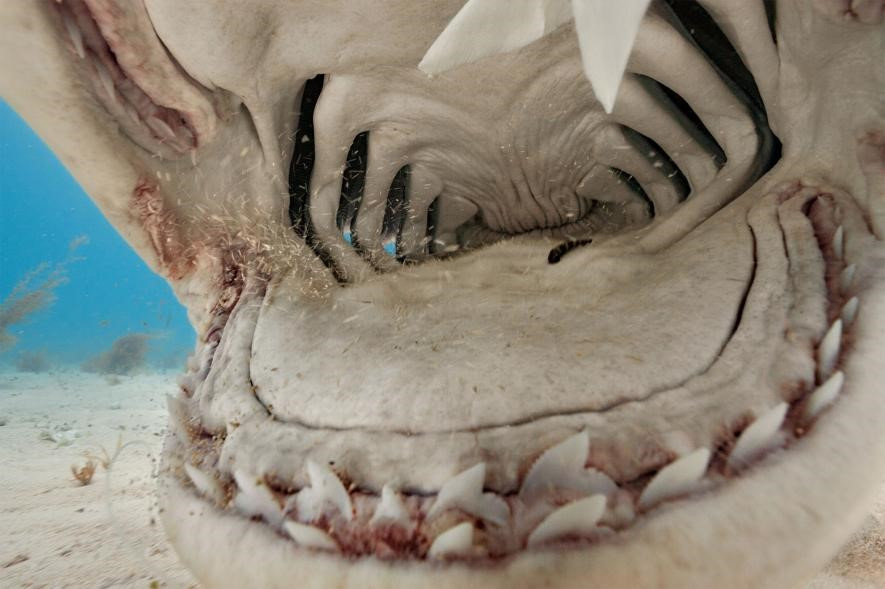 |
| The shark's jaw and teeth are specially shaped, making it easy to tear apart difficult-to-chew prey. In the photo, a tiger shark is attacking a strange object (a camera) it discovered on the ocean floor. |
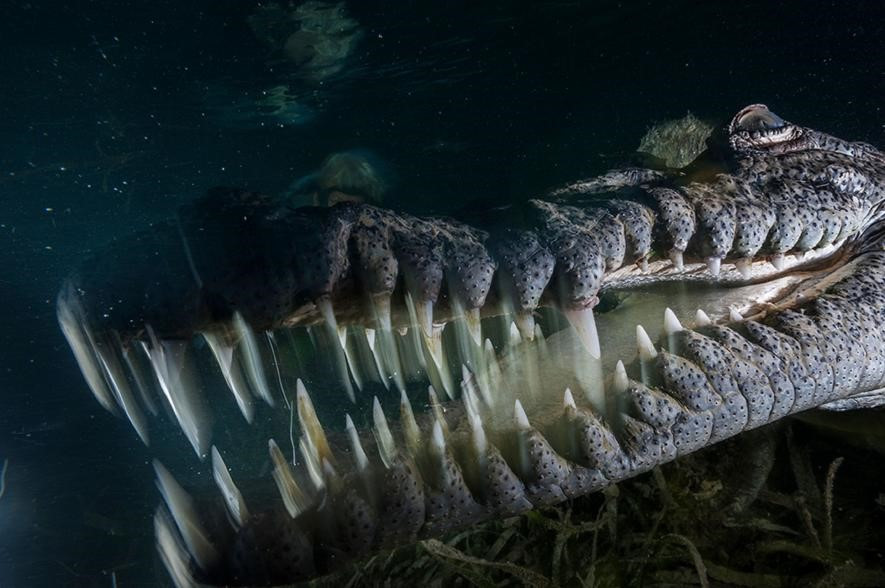 |
| Scientists consider mangrove crocodiles to be natural engineers. Their existence helps complete the food chain, creating balance for the ecosystem. |
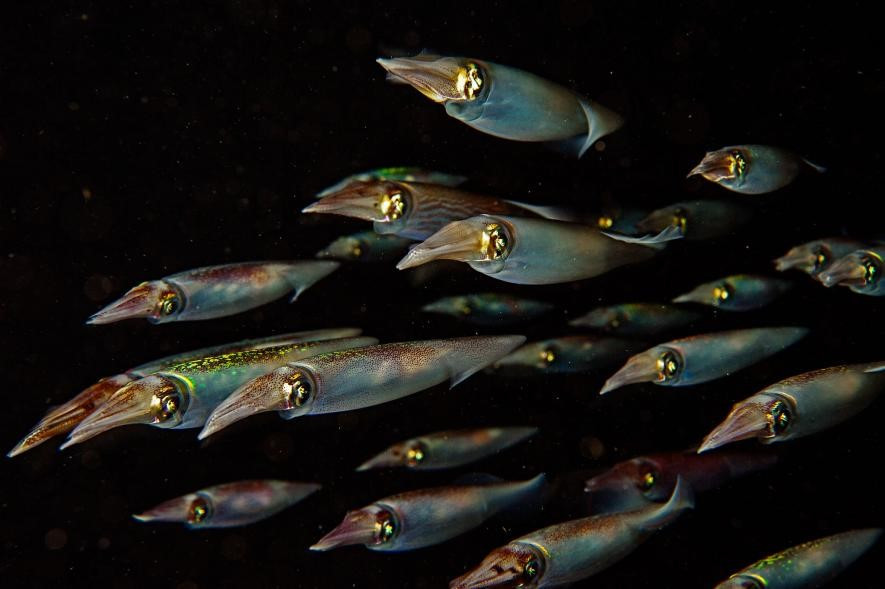 |
| Flying squids are seen foraging for food in a coral reef in the Caribbean. The squid are famous for their ability to communicate by changing the color of their skin. |
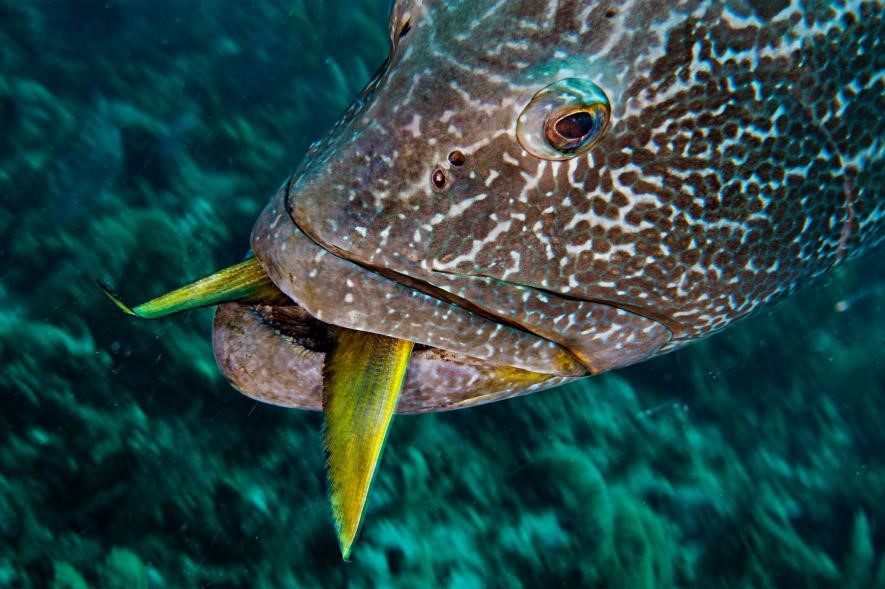 |
| Besides sharks, groupers are also fearsome predators of small creatures. |
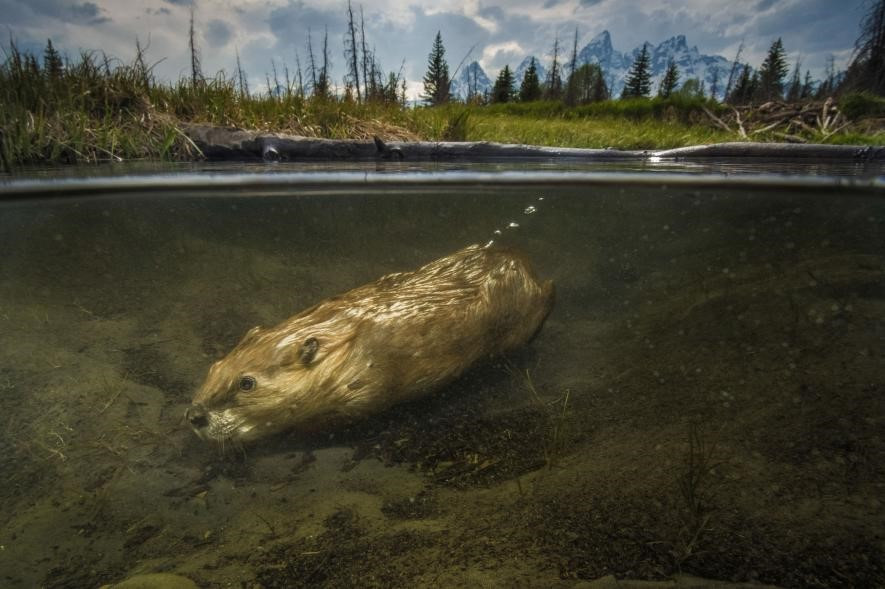 |
| Nearly extinct due to hunting in the mid-1800s, beavers have now reappeared in large numbers in the West. Here, a beaver owl swims in a lake in Grand Teton National Park (USA). |
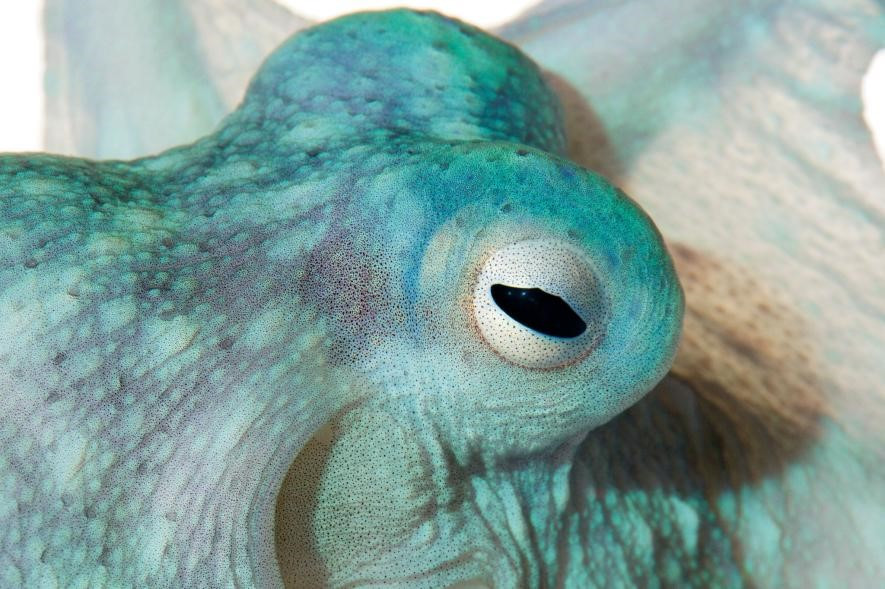 |
| The Capricorn octopus is one of the animals that can change color depending on its state of activity. Its skin has many pigment cells, which can easily turn red with white polka dots. |
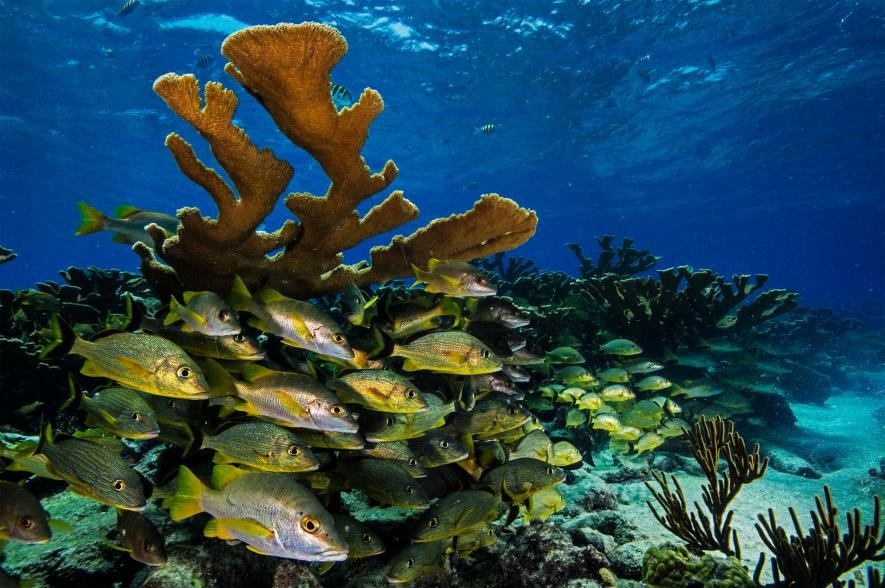 |
| A school of Haemulon fish hides under a large branch of coral. This critically endangered coral has almost completely disappeared from the Caribbean. Only a small population of this coral remains in Gardens of the Queen. |
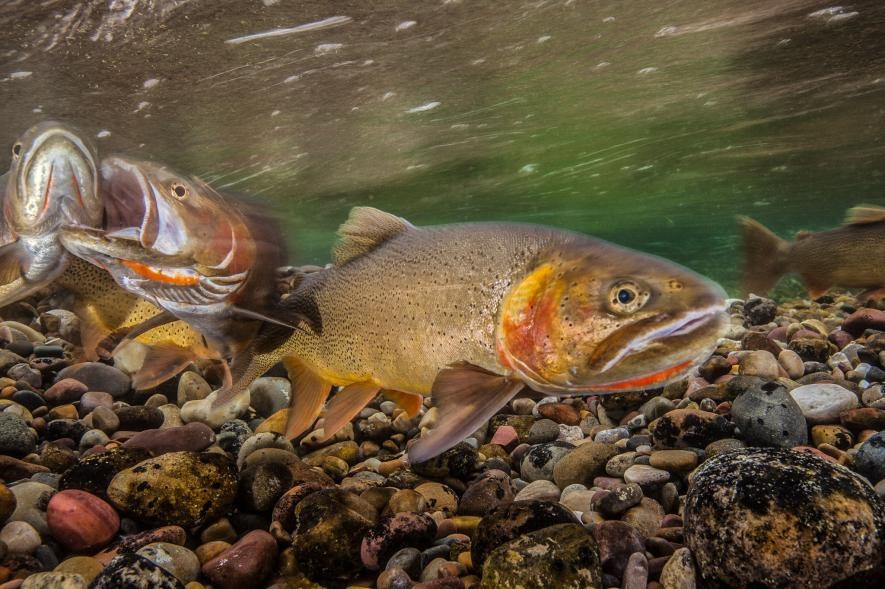 |
| A school of salmon during spawning season was discovered by photographer Charlie Hamilton James in the Gros Ventre River area, Yellowstone National Park (USA). This species is directly threatened by global warming. |
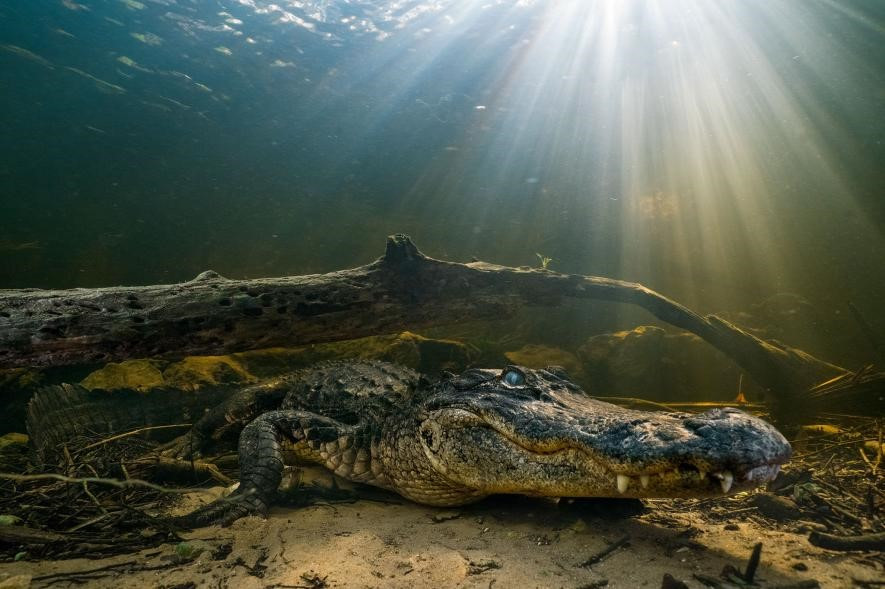 |
| A freshwater crocodile lurks in the swamps of the Everglades National Forest. As sea levels rise and flood the Everglades, freshwater crocodiles may be replaced by saltwater crocodiles, which can excrete excess salt using their tongues. |
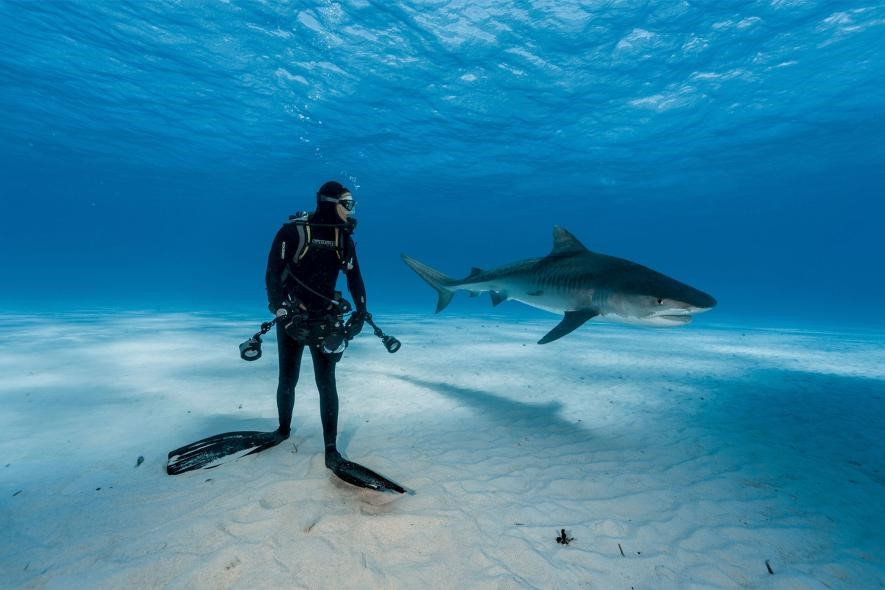 |
| A diver gets very close to a tiger shark off the coast of the Bahamas. The photo is not as dangerous as people think, because this shark has an instinct to only attack agitated prey. |
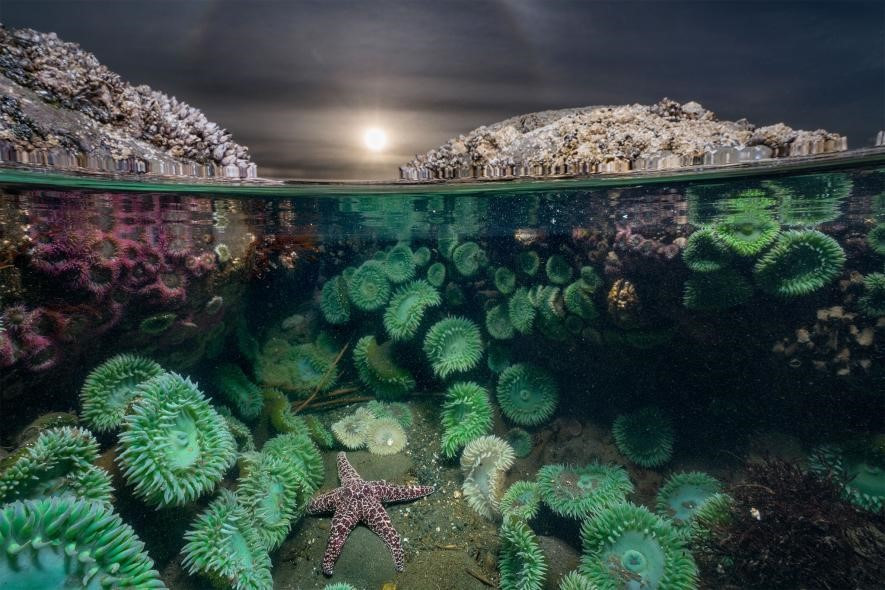 |
| The starfish is surrounded by a colony of giant blue sea anemones. The starfish feeds mainly on mussels and oysters. Since 2013, starfish in the Pacific Ocean have been disappearing in huge numbers. Scientists suspect that warming ocean waters are weakening their resistance. |
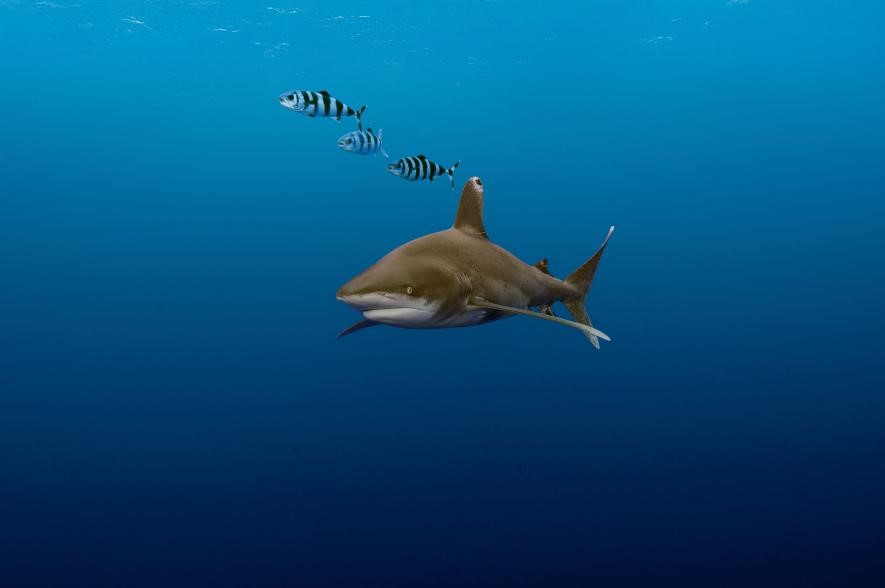 |
| A whitetip shark and three pilot fish swimming side by side is a difficult sight to capture. Overfishing has caused the whitetip shark population to decline significantly. |
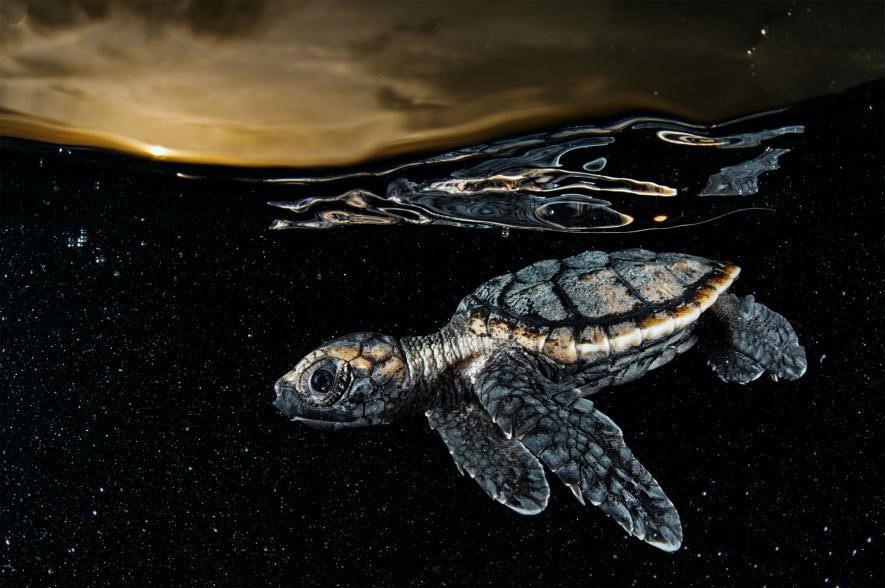 |
| The hawksbill turtle is another endangered species of deep-sea turtle. This photo was taken off the coast of Cuba, where fishing for the animal has been banned since 2008. |
According to ZING






















